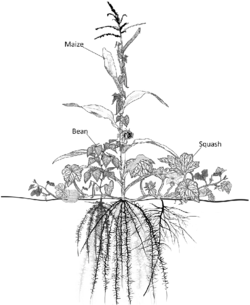Time Waster
Veteran
We've got a big garden full of larger shrubs and trees. It's on a slope and there's limited space that can be cleared and gets enough sun. We've put raspberry and gooseberry plants in two partial sun areas. Also, strawberry plants in the raised border above the patio. Tap plants grew very well with loads of strawberries which the blackbirds loved, net going up soon. We just planted 3 more next to them by taking out the tiny patch of lawn behind the border. The first two strawberries are sending out runners and we'll get lots of new plants all go well. Next to the strawberries are three broccoli plants and a few herbs. Other side of the border past the steps are more herbs and broccoli plants.
Our wish is to grow stuff that are cost and space efficient. There's only a few small patches left that could be easily cleared and planted that gets decent sun. One area is underneath an apple tree. Can you under plant an apple tree?
What is worth growing in small areas of cleared borders with reasonable sun? Can you underplant open trees like the apple tree we have?
Our wish is to grow stuff that are cost and space efficient. There's only a few small patches left that could be easily cleared and planted that gets decent sun. One area is underneath an apple tree. Can you under plant an apple tree?
What is worth growing in small areas of cleared borders with reasonable sun? Can you underplant open trees like the apple tree we have?


